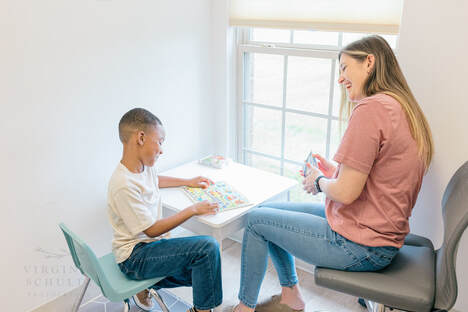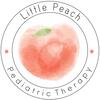 What is Applied Behavior Analysis (ABA)? ABA is a friendly and effective way of understanding and improving behavior in people of all ages. It's like a toolkit for helping individuals with various needs, such as Autism Spectrum Disorder (ASD), developmental delays, or challenging behaviors. ABA is versatile and can be adapted for anyone! It's especially helpful for individuals with ASD, where it addresses communication challenges, social skills, and repetitive behaviors. It also supports children with developmental delays and those with challenging behaviors like aggression or non-compliance. In ABA, we carefully observe behavior, conduct assessments, and create interventions tailored to each person. By focusing on reducing challenging behaviors and promoting essential skills, ABA empowers individuals to lead more independent and fulfilling lives. Promoting independent and fulfilling lives is a key goal in Applied Behavior Analysis (ABA). Here are some examples of ABA strategies and interventions aimed at fostering independence:
By incorporating these ABA strategies, individuals can develop the skills and behaviors needed to lead more independent and fulfilling lives across different aspects of daily functioning. The goal is to empower individuals to actively participate in and contribute to their communities while maintaining a high quality of life. The best part? ABA isn't just for schools, clinics, hospitals – it's for homes too! It's a fantastic tool for families dealing with various behavioral challenges. ABA creates a supportive and structured environment, helping individuals develop essential life skills, improve communication, and reduce problematic behaviors. Parents are superheroes in this process! Their insights into their child's behaviors, preferences, and routines are invaluable. They collaborate with ABA practitioners to tailor interventions and set meaningful goals. Their participation in assessments and goal setting ensures that interventions align with their child's needs. And let's talk about generalization – it's like using the skills learned in different places. Parents, your role is vital here! Implementing ABA strategies at home and in the community, which you learned during parent training, helps your child apply these skills everywhere. In essence, ABA is not just a tool; it's a friendly guide for positive change. Whether it's at school, home, or in the community, the collaboration between parents and practitioners enhances the effectiveness of ABA interventions, contributing to the overall success and well-being of individuals undergoing ABA therapy. Together, we're making progress, one positive behavior at a time! If you have any questions, feel free to reach out to our ABA manager, Amanda Williamson, BCBA at [email protected]. -Anna Marie Fuller, RBT
0 Comments
|
Archives
April 2024
Categories |


 RSS Feed
RSS Feed